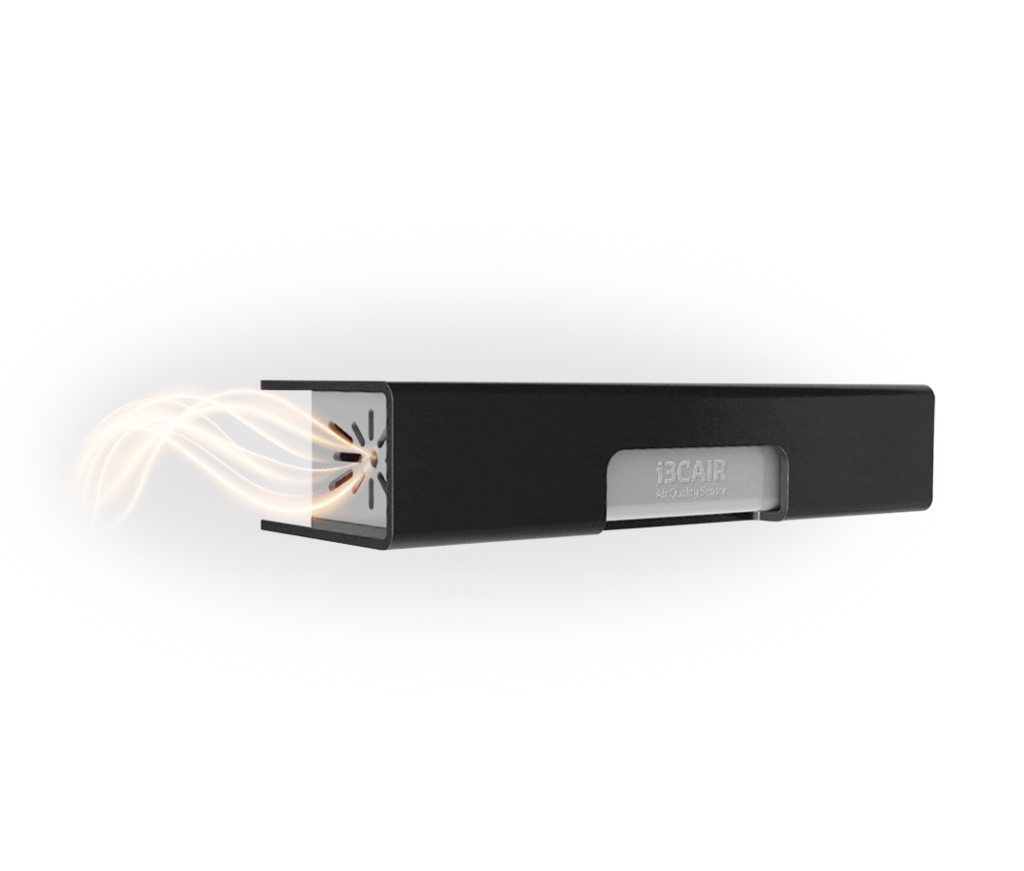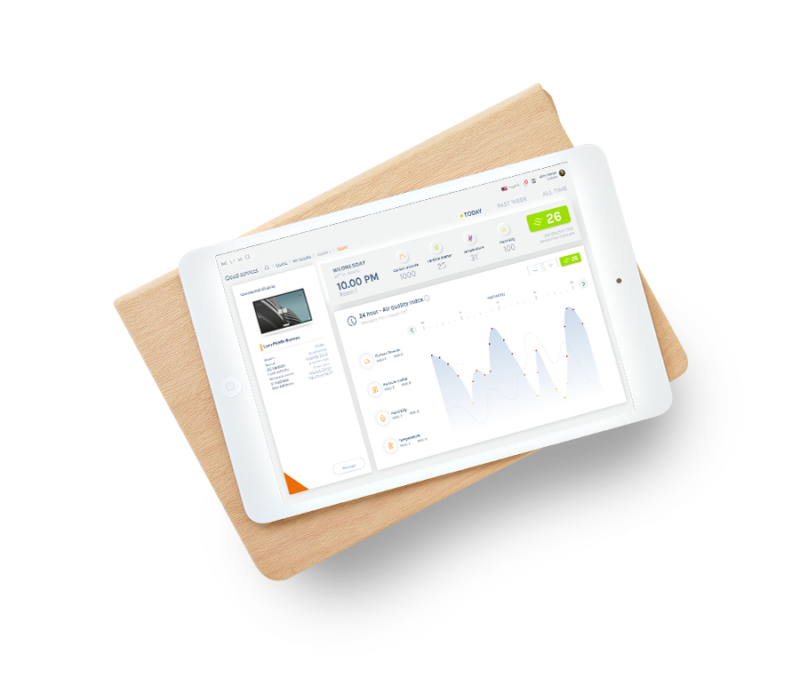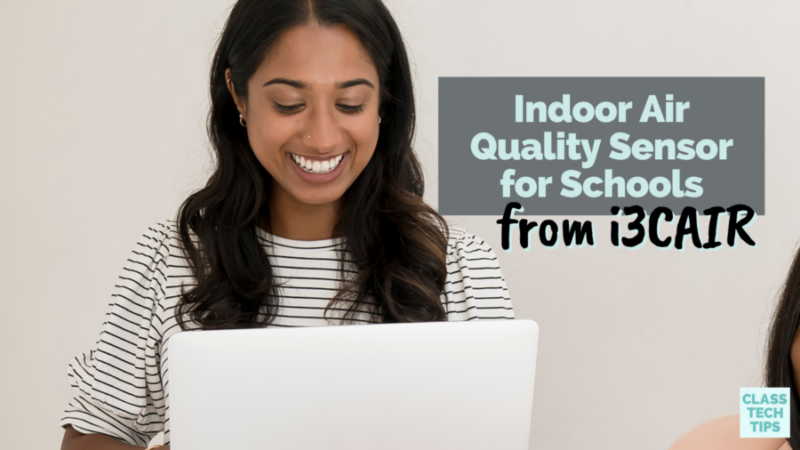Classroom technology can take many forms. In addition to Chromebooks and iPads, you may want to consider an indoor air quality sensor this school year. When the team behind the i3CAIR indoor air quality sensor reached out to me this spring, I was interested in learning more. I knew what an air quality sensor could do in theory. But I was curious about what this could look like in a school setting.
In this blog post, I’ll take you through the what and why of an indoor air quality sensor and tell you about i3CAIR. Have you thought about bringing an indoor air quality sensor into your school or classroom? This one is certainly worth checking out. Let’s take a look at it together!
Can’t wait? If you’re ready to check out i3CAIR, click here.
What is an indoor air quality sensor?
In the video linked here (and included below), you get a feel for what an indoor air quality sensor looks like in action. The i3CAIR device measures various air quality indicators, including humidity, temperature, particulate matter, and carbon dioxide. Not only does it gather this information, but it displays it to give you a quick snapshot and plenty of details.
This snapshot includes a live breakdown of information, a history of past reports so you can notice trends, and more. The i3CAIR system also lets you set up an alert if indicators reach a certain level. With this information, you might make an environmental change. Or you might restructure a space that isn’t ventilated correctly or has air circulation issues. All you have to do is connect the i3CAIR solution to your i3TOUCH device with a USB-C connection.
Does my school need an indoor air quality sensor?
One of the reasons the i3CAIR monitor piqued my interest is how you don’t need to be in the exact physical location to monitor and observe air quality. Instead, you can access the dashboard remotely. So if you are the person in your building who is tracking this type of information, you can move around to multiple spaces during the school day and get the information from everywhere regardless of your exact location.

The monitoring space is called an i3TOUCH display. It lets you view the conditions of a school or classroom’s indoor air quality in real-time, and this dashboard shows a seven-day history, too. The team at i3-Technologies shared some details on the reasons you might want to monitor these different indicators:
- Temperature – can influence virus infection rate and impact performance
- Humidity – viral particles are most inactive when humidity is low
- Carbon Dioxide (CO2) – an indicator of indoor air quality and proper ventilation
- Particulate Matter – higher levels of particle pollution can lead to higher levels of infections
i3CAIR Indoor Air Quality Sensor
i3CAIR was designed to improve health and safety in classrooms and any work environment through ambient monitoring and data analytics. You can keep track of all of the information gathered by the i3CAIR device thanks to a central, cloud-based dashboard. It shows all of the sensors within your building or across your district if you monitor multiple locations.

As I mentioned above, you’ll have access to complete historical data and advanced reporting capabilities. All of the sensors from the multiple locations in your school or district are visible in one single overview. Even the alert tools are centralized so that you can receive notifications for all spaces within a school community. All of this data is accessible anywhere and anytime.
To learn more about the i3CAIR indoor air quality sensor, you can schedule a demo with their team. This page gives you all of the details and shares the steps for setting up an appointment. I can’t wait to hear what you think of this indoor air quality sensor!







